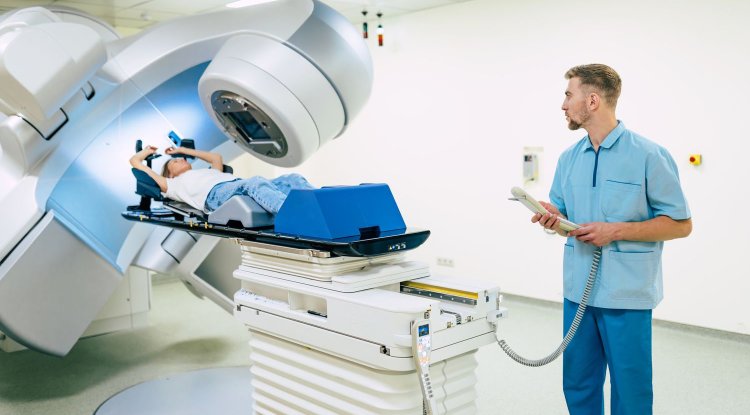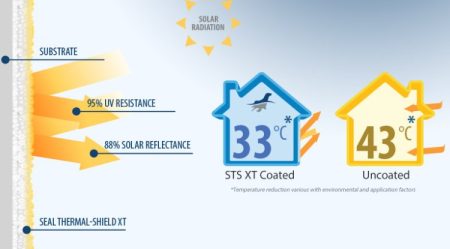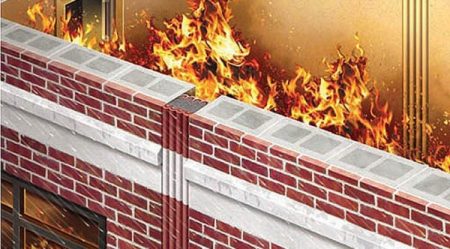The Importance of Effective Radiation Isolation in Medical Settings
Contents
The Importance of Effective Radiation Isolation in Medical Settings
Radiation is a crucial part of modern medicine. It is used for diagnosis and treatment of various diseases, including cancer. However, radiation can be harmful to healthcare workers and patients if not managed properly. One of the most important aspects of managing radiation in a medical setting is effective radiation isolation. In this article, we will discuss the importance of effective radiation isolation in medical settings.
What is Radiation Isolation?
Radiation isolation is the process of limiting the exposure of healthcare workers and patients to radiation. This can be achieved through various measures, such as shielding, distancing, and time management. Shielding involves using materials that absorb or deflect radiation, while distancing involves keeping a safe distance from the source of radiation. Time management involves minimizing the amount of time spent in areas with high radiation levels.
Why is Effective Radiation Isolation Important?
Effective radiation isolation is important in medical settings for several reasons. First and foremost, it helps protect healthcare workers and patients from the harmful effects of radiation. Exposure to high levels of radiation can cause acute and long-term health effects, including radiation sickness, cancer, and genetic mutations.
Secondly, effective radiation isolation helps ensure accurate diagnosis and treatment. When radiation is used for diagnosis and treatment, it is important to deliver the appropriate dose to the target area while minimizing exposure to surrounding tissue. Effective radiation isolation helps achieve this balance by limiting the spread of radiation beyond the target area.
Finally, effective radiation isolation helps mitigate the risk of radiation leaks and contamination. Medical facilities that use radiation must adhere to strict safety standards to prevent accidents and spills. Effective radiation isolation helps minimize the risk of these incidents and ensures that they can be contained quickly if they do occur.
How is Radiation Isolation Achieved in Medical Settings?
There are several ways radiation isolation is achieved in medical settings. One of the most common methods is the use of lead shielding. Lead is a dense material that absorbs radiation, making it an effective barrier between the source of radiation and healthcare workers or patients. Lead shielding can be used in various forms, including lead aprons, thyroid shields, and lead-lined walls.
Another way radiation isolation is achieved is through time management. Healthcare workers are trained to limit their exposure to radiation by minimizing the amount of time they spend in areas with high radiation levels. They may also rotate tasks to ensure that no one person is exposed to excessive amounts of radiation.
Distancing is another key component of radiation isolation. Radiation levels decrease rapidly as distance from the source increases. Thus, keeping a safe distance from the source of radiation can significantly reduce exposure. This is especially important in procedures that involve high levels of radiation, such as radiation therapy for cancer treatment.
Conclusion
Effective radiation isolation is crucial for the safety of healthcare workers and patients in medical settings. By limiting exposure to radiation through various measures, including shielding, distancing, and time management, medical facilities can protect against acute and long-term health effects, ensure accurate diagnosis and treatment, and mitigate the risk of radiation leaks and contamination.
FAQs
- What is radiation isolation?
Radiation isolation is the process of limiting the exposure of healthcare workers and patients to radiation in medical settings.
- Why is effective radiation isolation important?
Effective radiation isolation is important in medical settings because it helps protect healthcare workers and patients from the harmful effects of radiation, ensures accurate diagnosis and treatment, and mitigates the risk of radiation leaks and contamination.
- How is radiation isolation achieved in medical settings?
Radiation isolation is achieved in medical settings through various measures, including shielding, distancing, and time management.
- What is lead shielding?
Lead shielding is a common method of radiation isolation that involves using lead as a barrier between the source of radiation and healthcare workers or patients.
- Why is time management important in radiation isolation?
Time management is important in radiation isolation because it helps limit exposure to radiation by minimizing the amount of time spent in areas with high radiation levels.





